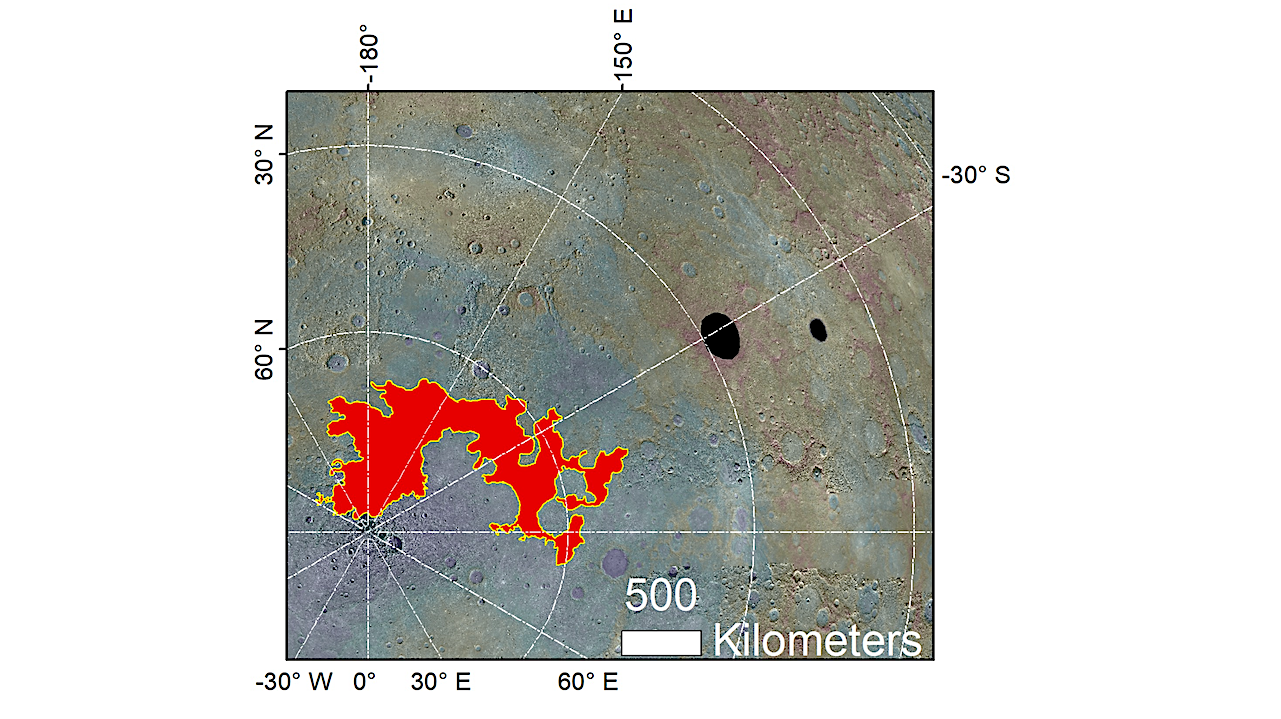Scientists have discovered deposits of salts on Mercury that resemble glaciers. They consist of volatile substances. According to experts, this may change our understanding of the evolution of this planet at the beginning of its existence.

Salt glaciers on Mercury
Scientists from the Institute of Planetary Sciences have found evidence of the presence of salt deposits on Mercury, which form entire glaciers. They hide under a thin outer layer of rocks and form entire landscapes. Their presence became known thanks to the collapses that formed where the sublimation process took place, so the substances passed from a solid state directly into a gaseous state, and the gravity of the planet could not hold them.
In general, it is not the first time scientists have found glaciers on other planets. However, how much they are actually similar to terrestrial ones is an extremely controversial question. They are mainly formed by water on Earth, because the temperature range on our planet allows it to be in three states.
But, for example, on Pluto, glaciers are formed by nitrogen, which is mainly in a solid state there. Therefore, it is not surprising that salt deposits that can simply evaporate on Mercury are considered glaciers.
Early evolution of the planet
Now scientists are trying to unravel how these glaciers formed. In particular, they are studying an area called Borealis Chaos, located in the northern circumpolar region of the planet. It is a pile of rocks, which is believed to have been formed as a result of the evaporation of salts.
“This area is characterized by intricate patterns of disintegration, significant enough to have obliterated entire populations of craters, some dating back approximately 4 billion years. Beneath this collapsed layer lies an even more ancient, cratered paleo-surface, previously identified through gravity studies. The juxtaposition of the fragmented upper crust, now forming chaotic terrain, over this gravity-revealed ancient surface, suggests that the VRLs were emplaced atop an already solidified landscape,” said one of the authors of the study.
The new discovery challenges the usual theories of the formation of volatile substances. Their appearance is usually associated with the gravitational differentiation of the depths of the planet, when they are melted from a heavier mixture. According to scientists, glaciers formed on Mercury in the opposite way.
At the very beginning, the planet had a dense primary atmosphere. Before it evaporated, it was subjected to significant temperature changes during the day. Then parts of it turned into liquid and fell to the surface, where lakes of brine formed. Subsequently, the water evaporated from them, and the salts remained where they were hidden by solid particles. That’s how glaciers formed.
According to phys.org
Follow us on Twitter to get the most interesting space news in time
https://twitter.com/ust_magazine
